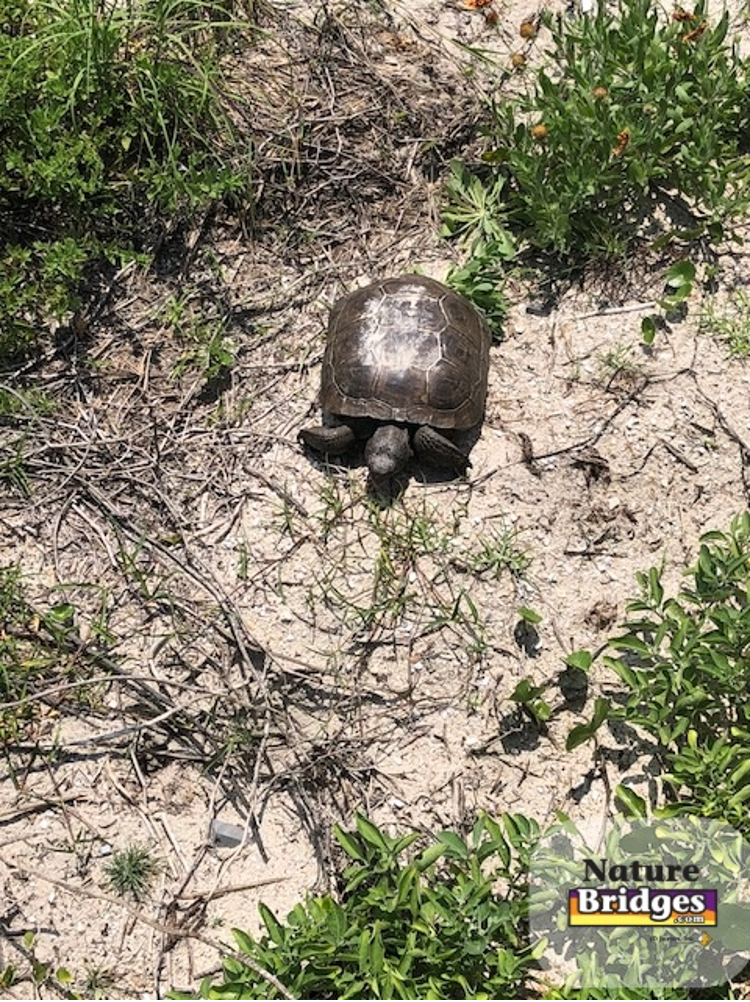
Nature Bridges uses top-down construction to help conserve and preserve our natural resources. Top-down construction has a minimal effect on the environment, which helps protect the plant and animal life in the area.
Conservation experts divide the practice into different categories. For this blog, we’ll look at the environmental, animal, marine, and human categories.
Environmental
Environmental conservation protects our environment and natural resources. The attempt to reverse or slow global warming falls into this category. This also includes soil and forest conservation, waste management, and reducing pollution.
One of the goals of environmental conservation is to conserve natural resources for future generations. There are many ways you can contribute to environmental conservation. Here are just some of them:
- Recycle and reduce the use of plastics, glass, and other non-biodegradable materials.
- Buy from businesses that use conservation practices.
- Help spread public awareness about conservation techniques.
Animal

Animal conservation specifically protects the environment and ecosystem of wildlife and sometimes is called wildlife conservation. For many organizations, wildlife conservation protection includes plants as well as animals.
With the growing population of the world, we consume many natural resources that plants and animals depend on to survive. Sometimes, we develop land that is an animal’s natural habitat, and that means that the animals have to find a new habitat. There are some ways that you can help with animal conservation.
- Avoid introducing invasive plants and animals to your area.
- Volunteer with or donate to wildlife conservation organizations.
Marine

Marine conservation’s goal is the same as animal conservation, but specifically in our oceans. Organizations and governments have come a long way towards protecting our land and its wildlife, but the ocean is more difficult to protect. Currently, less than 3% of our ocean habitats are protected.
Some ways you can help conserve marine habitats are:
- Resist disturbing marine ecosystems or taking souvenirs when you scuba dive or otherwise explore the ocean.
- Buy seafood from companies that use sustainable practices.
- Do your part to keep beaches clean by taking your trash with you or picking up trash others leave on the sand.
Human
You may not have heard much about human conservation, but it is an important area of conservation. Human conservation protects all of the people on Earth. We usually think about protecting animals, but consider that the environment and its natural resources have a huge impact on us, too. Protecting our environment and the habitats of land and marine wildlife help us, but there are some things you can do specifically to help other people:
- Work with organizations that protect remote settlements or tribes.
- Provide support to local organizations who help homeless and underprivileged people.
- Learn about native cultures and do your part to educate others and preserve these cultures.
At Nature Bridges, we consider all life on the planet sacred, and we try to do our part to protect animals, plants, people, and our natural resources through sustainable building practices. We also support organizations that contribute to conservation and preservation in all areas, such as the Nature Conservancy, Rails-to-Trails Conservancy, The Lunch Project, and others. Your support of contractors who use conservation techniques is important and helps you to do your part to conserve our environment and its precious inhabitants.


P.O. Box 516
Monticello, FL 32345
Phone: (850) 997-8585
Fax: (850) 385-3493
estimating@naturebridges.com